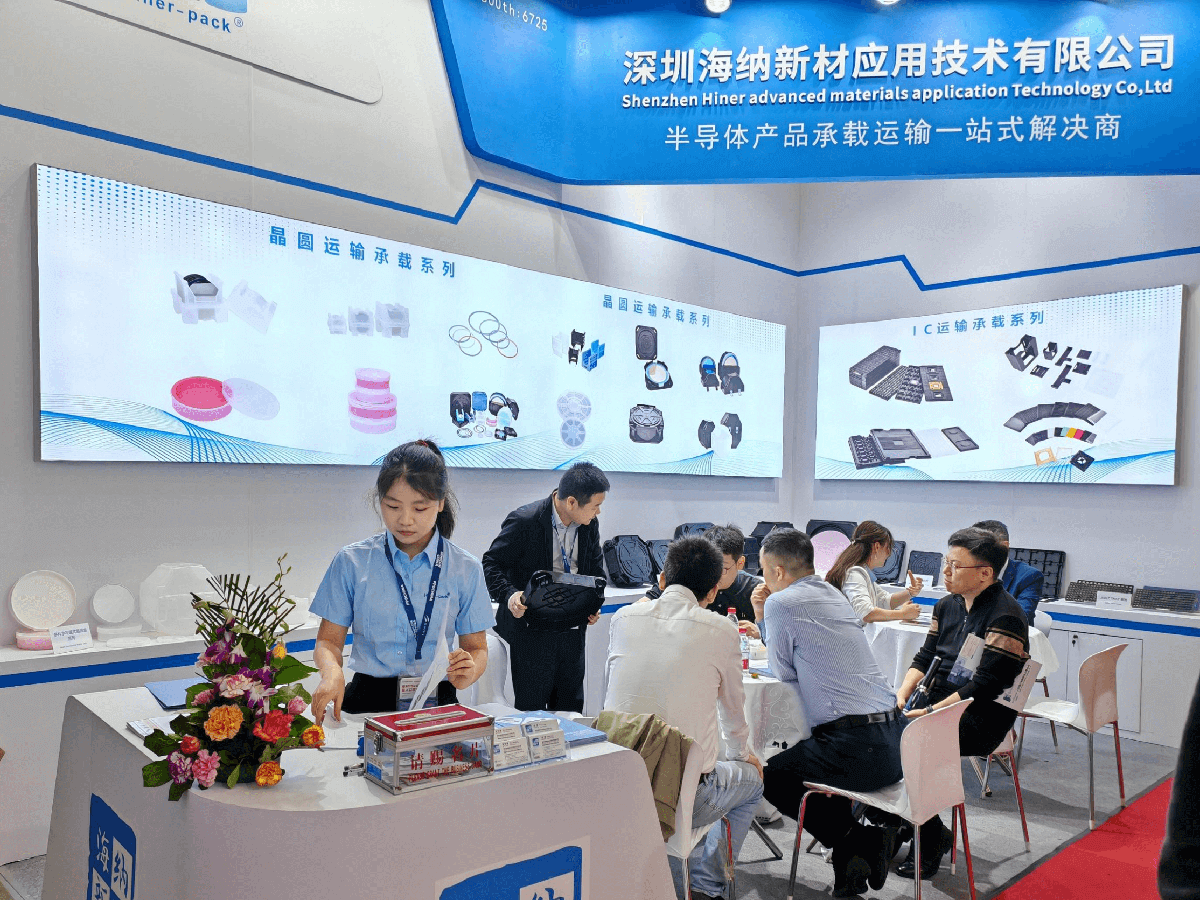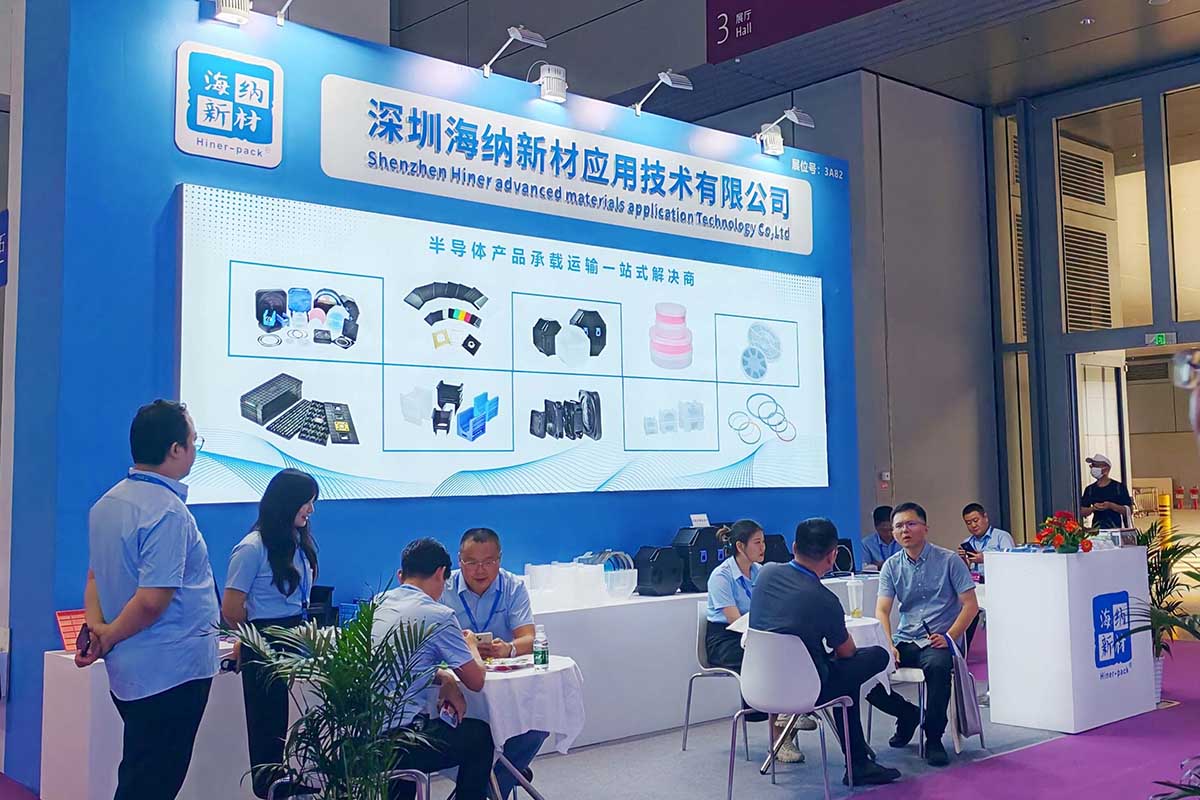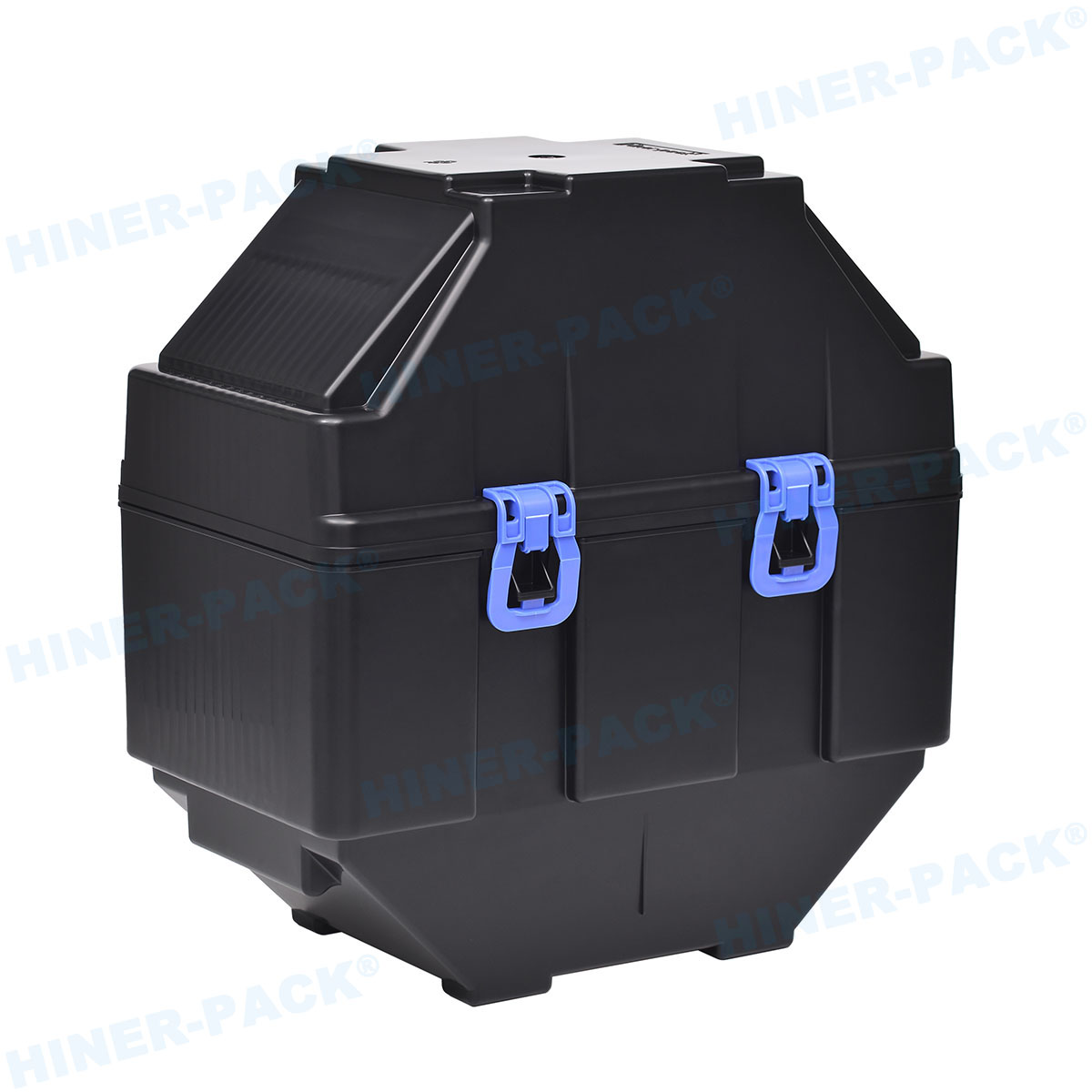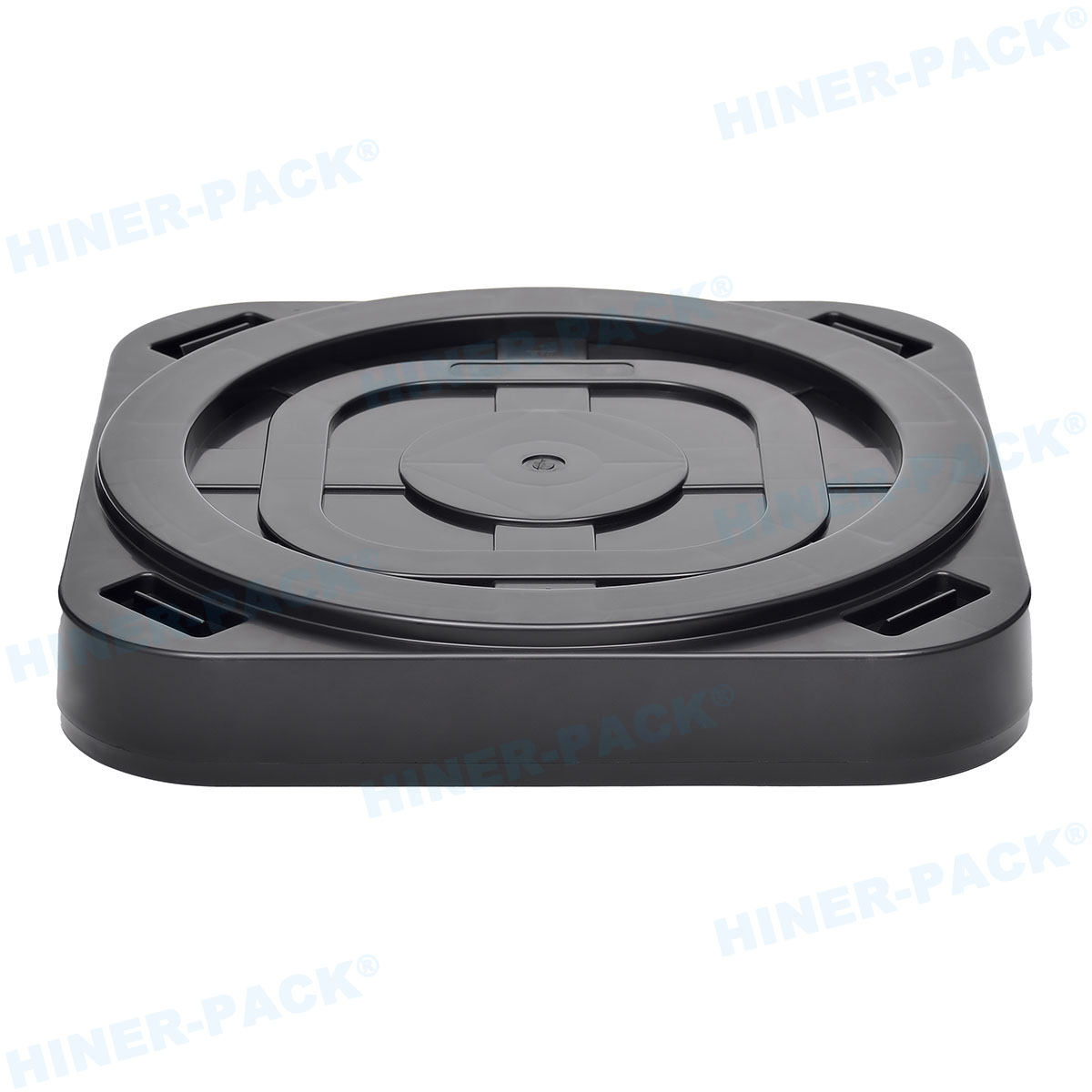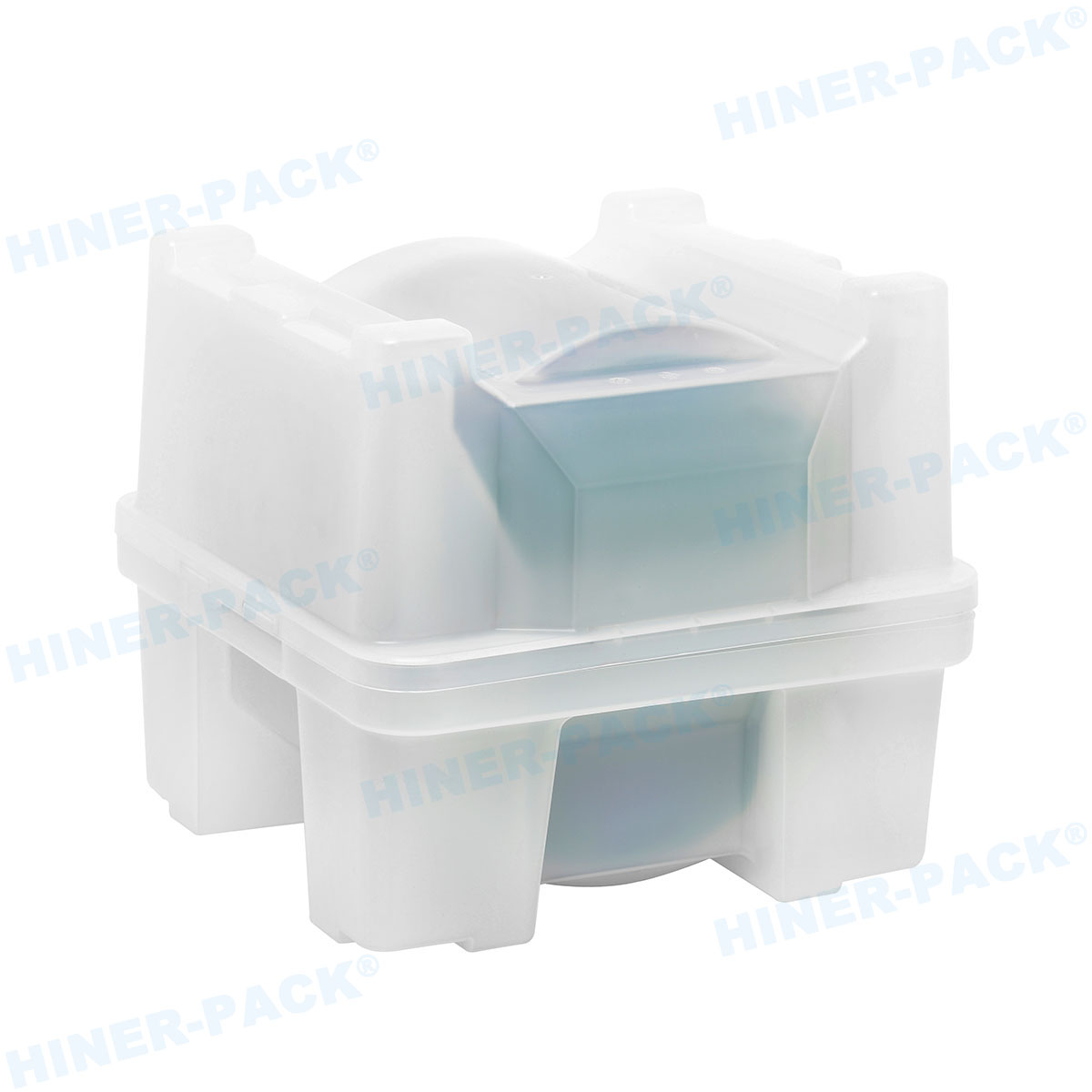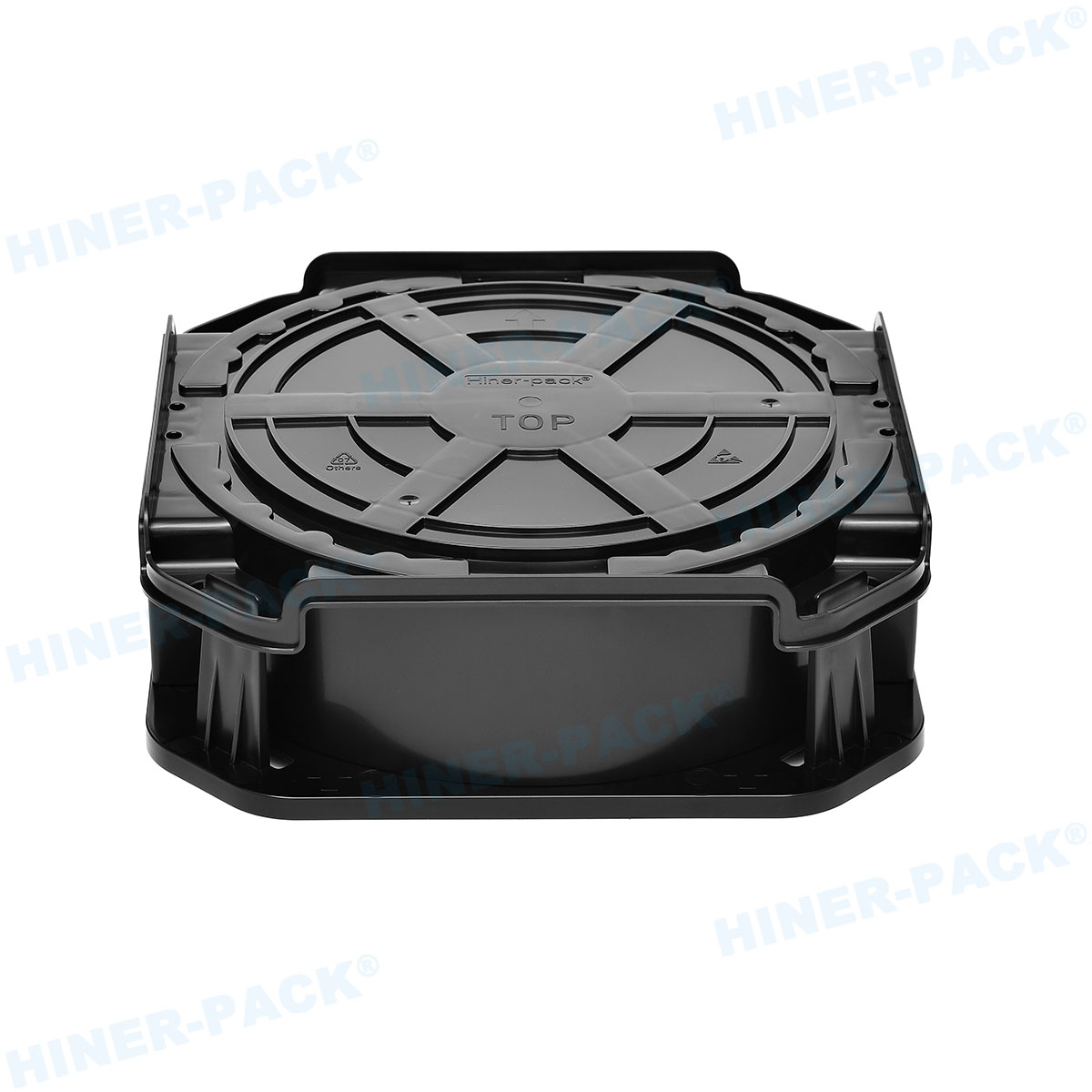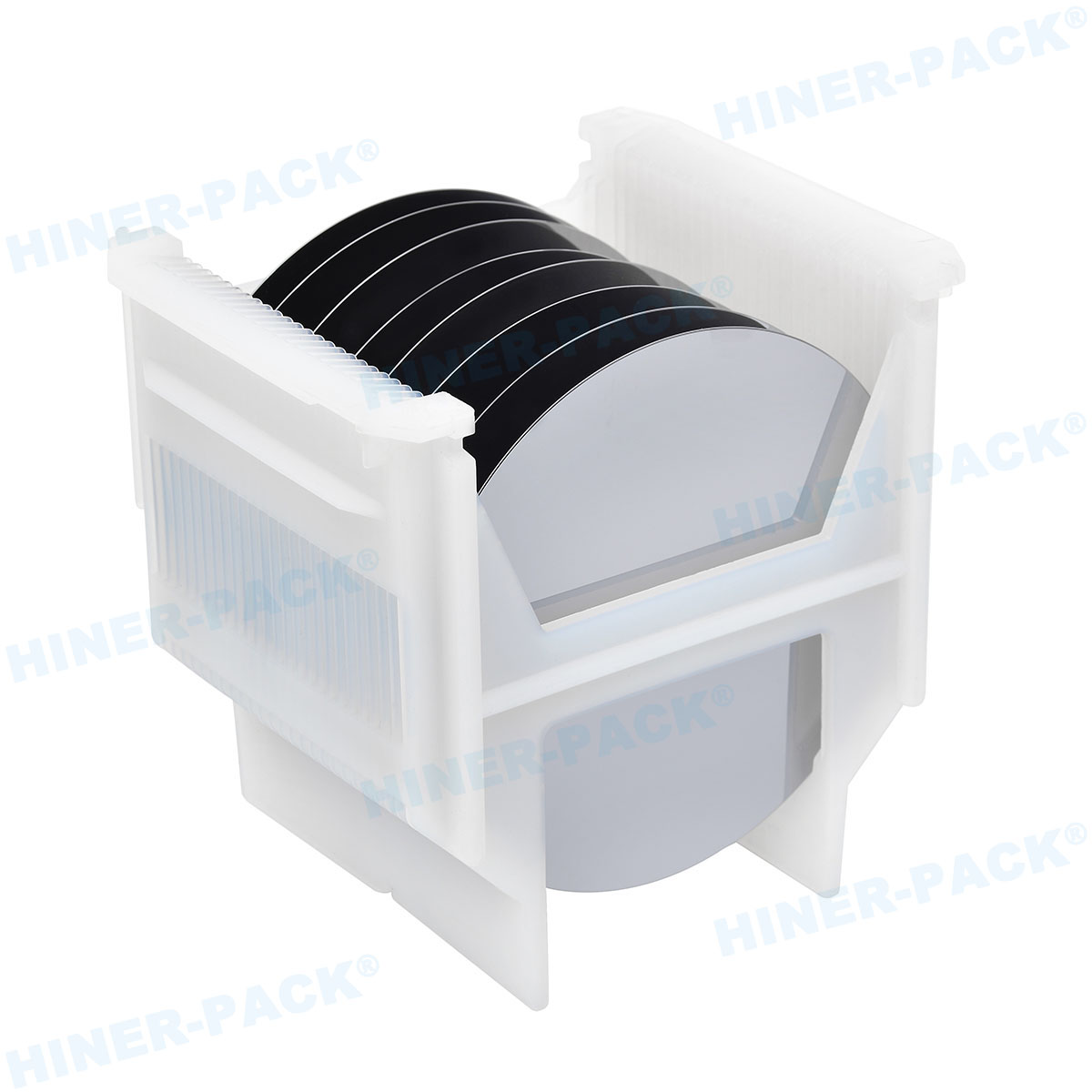In the world of semiconductor manufacturing and testing, the integrity of the device from fabrication to end-use is paramount. The metal package and testing cassette plays a critical role in ensuring that integrity is maintained, especially for high-reliability applications such as aerospace, medical devices, and automotive electronics. These packages provide excellent hermetic sealing, mechanical strength, and thermal performance, but they also present unique challenges for testing and handling. This article explores the ecosystem surrounding metal packages, from custom design to final test, highlighting the essential roles of test sockets, burn-in boards, and the manufacturers that support this niche yet vital industry.
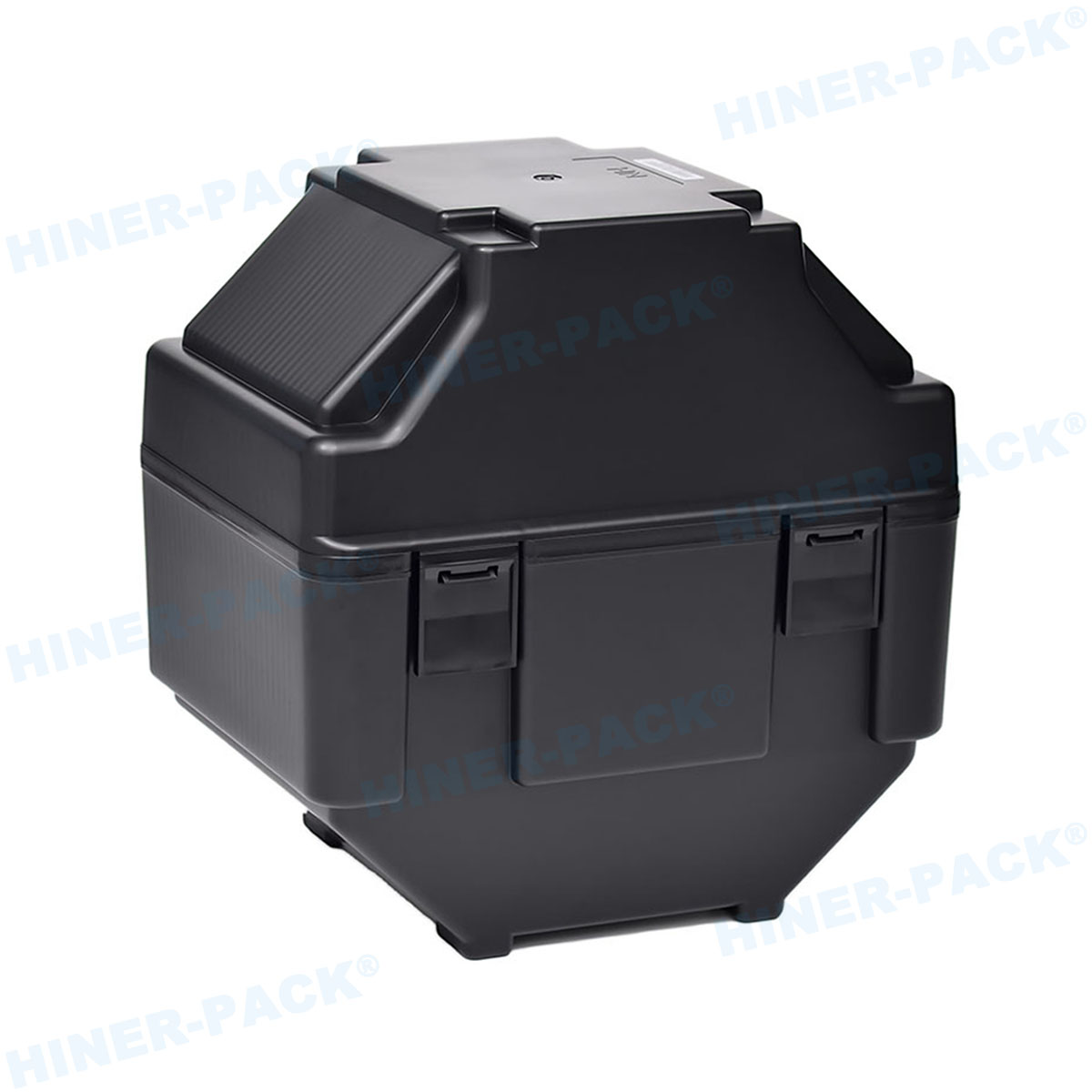
The Role of Test Socket for Metal Package
A Test socket for metal package devices is a specialized interface that connects the semiconductor device to the test equipment. Unlike plastic packages, metal packages often have unique lead configurations, geometries, and thermal properties that require custom socket solutions. The primary function of the test socket is to provide a reliable, repeatable electrical connection without damaging the device's leads or compromising the hermetic seal.
These sockets must be designed to accommodate the mechanical robustness of the metal casing while ensuring precise alignment. They often incorporate features like high-temperature resistant materials (e.g., thermoplastics or ceramic insulators) and sophisticated contact mechanisms (e.g., spring-loaded pins) to handle the rigorous demands of production testing and burn-in. A poorly designed socket can lead to false failures, damage to expensive devices, and significant downtime, underscoring the need for precision engineering in this area.
Importance of Burn-in Board for Hermetic Packages
Burn-in board for hermetic packages is another critical element in the testing hierarchy. Burn-in is a stress test performed on semiconductor devices to identify early failures by operating them at elevated temperatures and voltages for an extended period. For hermetic packages, which are designed to protect sensitive dies from environmental factors like moisture and contaminants, the burn-in process must be carefully managed to avoid compromising the seal.
The burn-in board (BIB) is the printed circuit board that holds the devices during this process. It must be designed to withstand the high temperatures of the burn-in chamber (often up to 150°C or more) while maintaining electrical integrity. For metal packages, the BIB must also accommodate the package's thermal mass and dissipation characteristics to ensure uniform heating and accurate testing. Custom designs are often necessary to address the specific pinouts and power requirements of hermetic packages, making collaboration between the package designer and board manufacturer essential.
Selecting a Test Socket Manufacturer
Choosing the right Test socket manufacturer is a decision that significantly impacts the efficiency and cost-effectiveness of your testing operations. Not all manufacturers have the expertise to handle the unique requirements of metal packages. A reputable manufacturer will offer:
Engineering Support: Collaboration from the design phase to understand the package specifications and testing requirements.
Material Expertise: Knowledge of which materials will perform best under high temperatures and repeated cycling.
Customization: The ability to create bespoke socket solutions for non-standard package footprints or lead counts.
Quality and Consistency: A proven track record of producing sockets with high durability and reliable electrical performance.
The relationship with your socket manufacturer is a partnership. Their ability to provide rapid prototyping and respond to issues can drastically reduce time-to-market for your products.
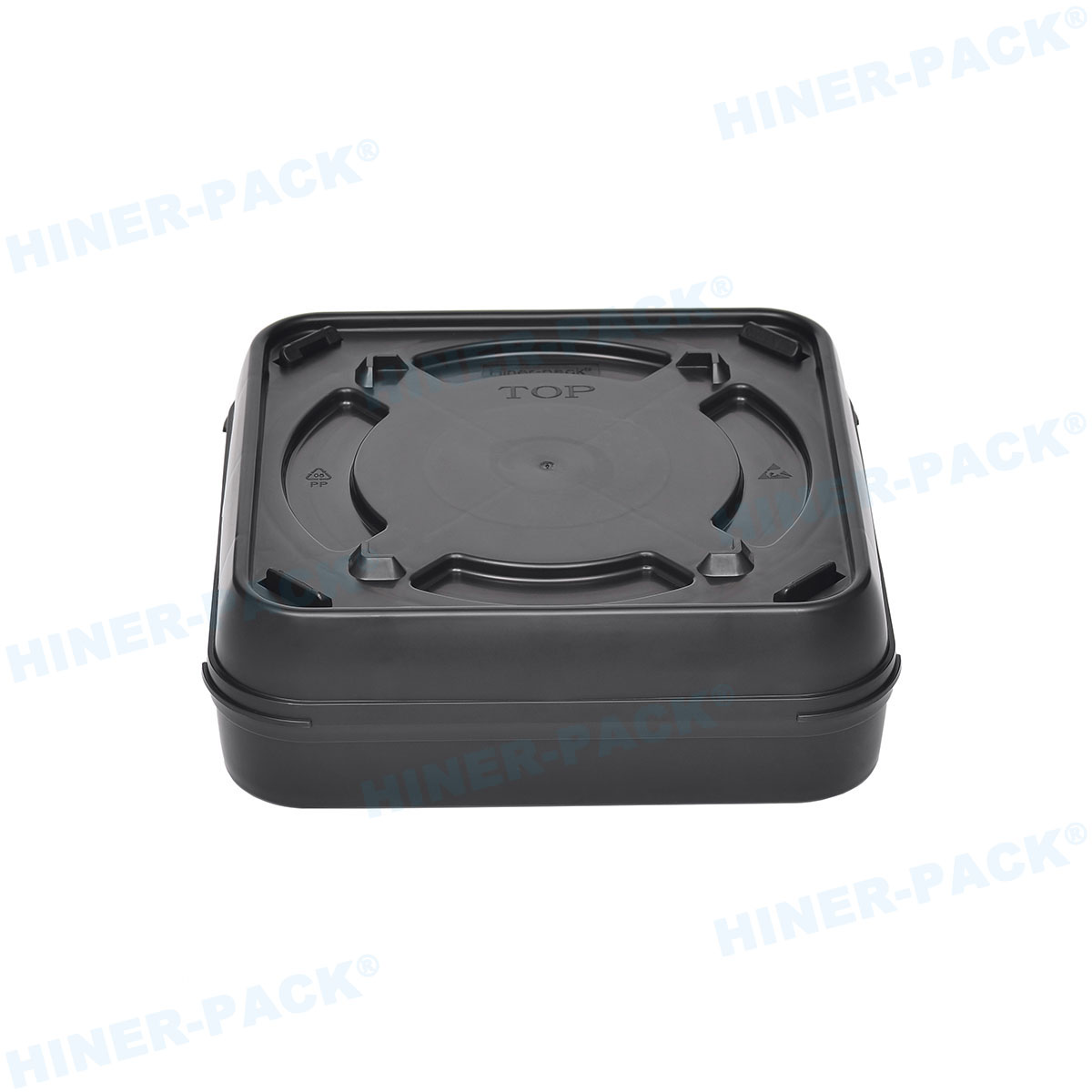
Innovations in Custom Hermetic Package Design
The drive for miniaturization and higher performance has led to significant innovation in Custom hermetic package design. While standard packages exist, many applications require a tailored approach. A custom design might be necessary to accommodate a unique die size, meet specific thermal management needs, achieve a particular form factor, or integrate additional features like RF shielding or optical windows.
The design process involves careful consideration of the base metal (e.g., Kovar, aluminum), lid material, sealing glass or solder, and the lead feedthroughs. Each choice affects the package's electrical, thermal, and mechanical properties. Furthermore, the design must be "test-friendly," meaning it should be designed with the test socket for metal package and burn-in board for hermetic packages in mind. A close feedback loop between the package designer, the end-user, and the metal package test solution provider ensures that the final package is not only reliable but also testable at volume without excessive cost or complexity.
The Value of a Metal Package Test Solution Provider
Rather than sourcing individual components from different vendors, many companies are turning to a comprehensive Metal package test solution provider. These providers offer an integrated approach, delivering everything from the custom hermetic package design to the sockets, boards, and handlers needed for full testing validation.
This holistic service model offers several advantages:
System Compatibility: Ensuring that the socket, board, and package work seamlessly together from the start, eliminating interface issues.
Reduced Logistics: Dealing with a single vendor simplifies procurement and accountability.
Expertise: These providers possess deep domain knowledge across the entire process, from design to test, enabling them to troubleshoot complex problems and optimize the entire flow.
Cost Efficiency: While potentially a higher initial investment, an integrated solution can reduce overall costs by minimizing delays, redesigns, and test errors.
Common Challenges and Problems in Metal Package Testing
Despite the best designs and equipment, several common problems can arise when working with metal package and testing cassette systems.
Thermal Management Issues: Metal packages are excellent heat conductors. During testing, especially burn-in, uneven heating or insufficient thermal control on the burn-in board for hermetic packages can lead to hot spots, causing thermal runaway and device failure. Conversely, the high thermal mass can make it difficult to reach target temperatures quickly.
Lead Damage and Socket Wear: The rigid leads on metal packages can be prone to bending. A test socket for metal package with misaligned or overly aggressive contacts can scrape, bend, or even break these leads. Conversely, the hard metal leads can also accelerate wear on the socket contacts themselves, leading to a shorter socket lifespan and inconsistent electrical connections over time.
Maintaining Hermeticity: The entire purpose of a hermetic package is to keep the interior dry and contaminant-free. Testing processes must be carefully controlled to avoid subjecting the package to mechanical stresses or thermal shocks that could crack the glass seal or weaken the solder joint, thus breaking the hermetic seal.
Signal Integrity at High Frequencies: For RF and high-speed digital devices in metal packages, maintaining signal integrity is crucial. The test socket and board design must minimize parasitic inductance and capacitance. Impedance mismatches in the test fixture can distort signals and lead to inaccurate test results.
Cost and Availability: Custom hermetic package design and the corresponding custom test fixtures (test socket for metal package, burn-in boards) are expensive and have longer lead times than their plastic, standardized counterparts. Finding a Test socket manufacturer or a metal package test solution provider with available capacity and expertise can be a challenge in itself.
Handling and Automation: Metal packages can be heavier and more slippery than plastic ones, posing challenges for automated pick-and-place equipment and testing cassettes. Jaws and grippers must be designed to handle the package without marring its surface or putting stress on the seals.
The journey of a semiconductor in a metal package and testing cassette from design to validation is complex and requires a highly specialized ecosystem. Success hinges on the seamless integration of several key elements: a robust custom hermetic package design, a precision-engineered test socket for metal package, a resilient burn-in board for hermetic packages, and a knowledgeable Test socket manufacturer. For many, the most efficient path is to partner with an experienced metal package test solution provider who can navigate these complexities and deliver an integrated, reliable testing strategy.
By understanding the common challenges—thermal management, lead damage, hermeticity preservation, signal integrity, and cost—companies can make informed decisions and implement best practices. This proactive approach ensures that these high-reliability components meet the stringent quality standards demanded by their critical applications, ultimately ensuring performance and safety in the field.



